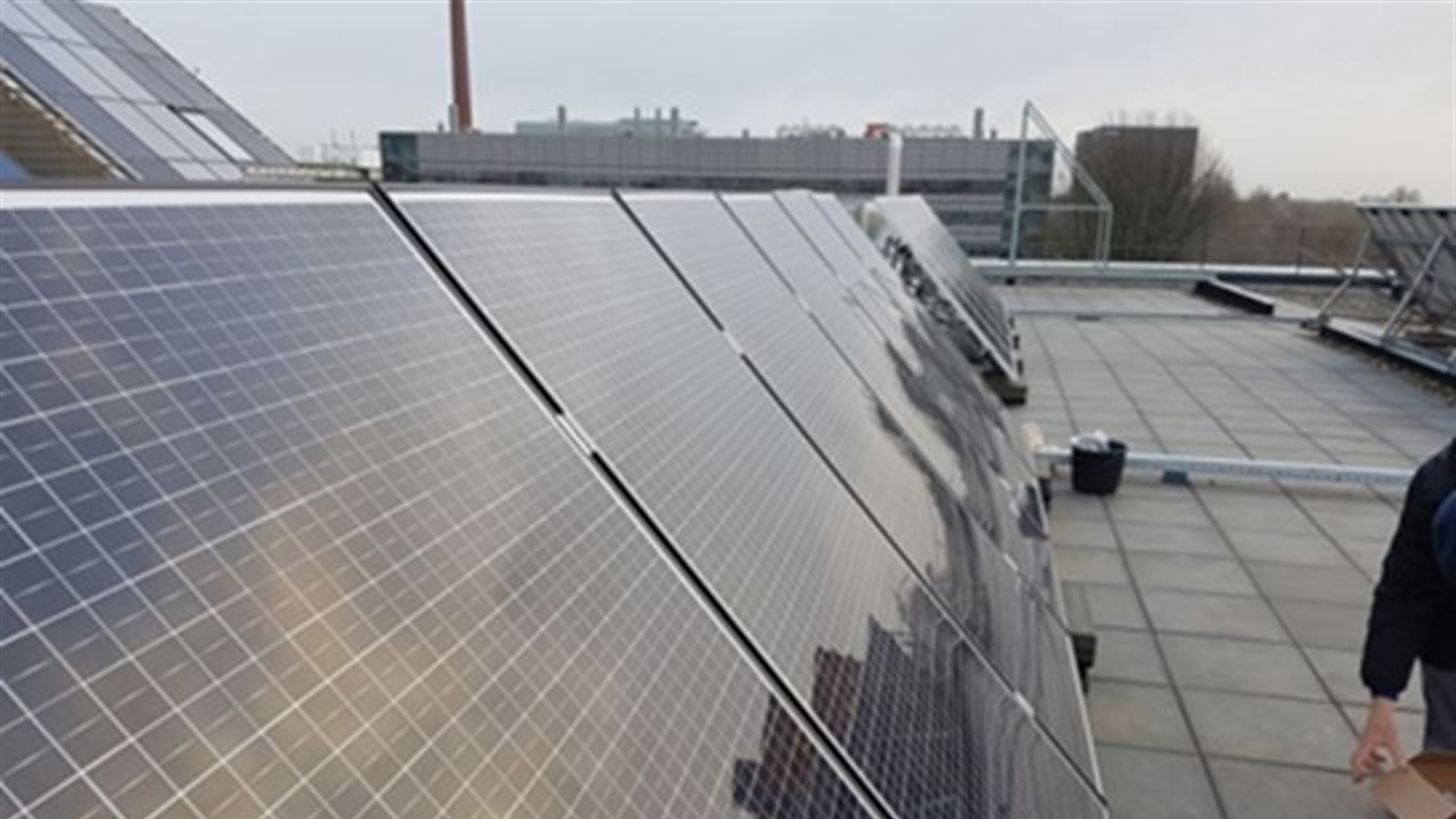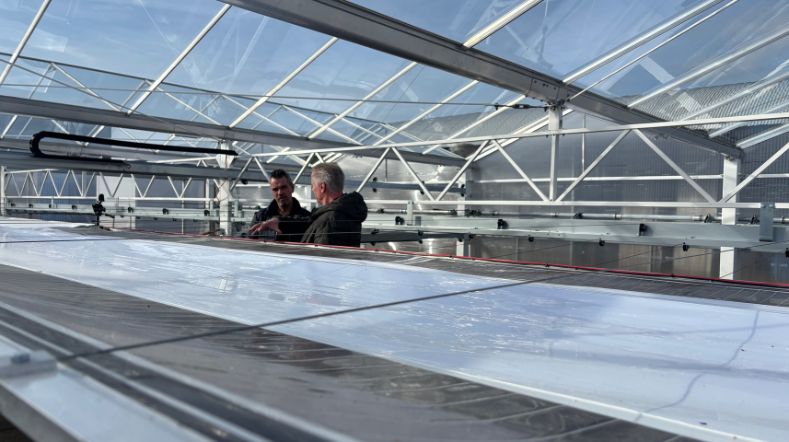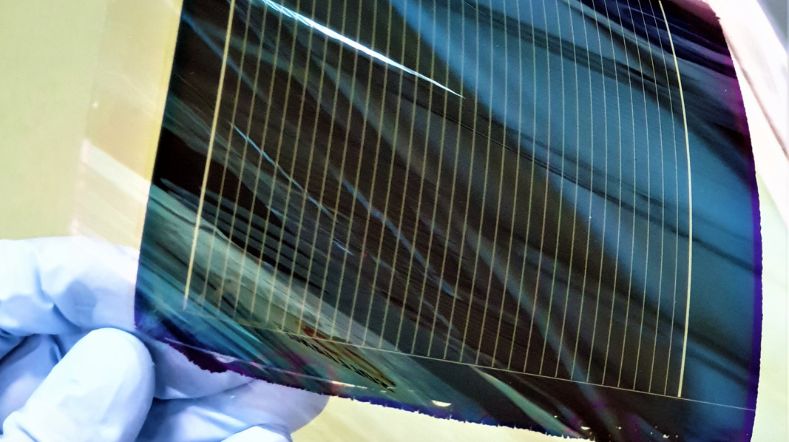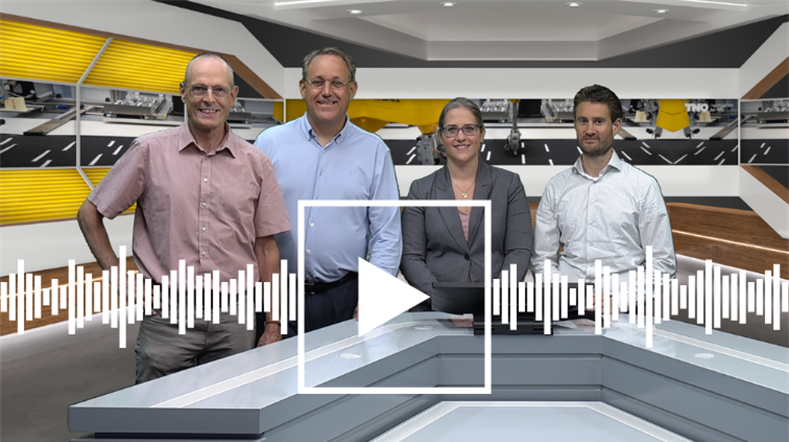
Back-contact solar panels
In collaboration with partners, we’re working on back-contact technologies for silicon solar cells and panels. We are recognised as one of the global leading specialists on this topic. In addition to efficiency benefits, this technology offers unique possibilities for the appearance and shape of solar panels.
It’s suitable for applications in agricultural areas and the built environment, and there’s also great potential in the transport sector. Examples are completely black or shade-tolerant panels, and panels in unconventional shapes and dimensions, with different colours and patterns.

Greater yield with lower costs
We see a trend in today’s market of small, constant increases in energy yields in commercial solar panels. This is a result of years of developments around the world in the research labs of industrial enterprises and research institutes, such as TNO. Increased efficiency in energy conversion by modules is one of the strongest drivers of cheaper electricity production and more competitive solar power (PV). This is also important for smaller surface areas that need to generate the highest possible energy yield, for example in densely populated countries such as the Netherlands.
Record efficiency with back-contact cells
We’re developing technology for all back-contact silicon cells, such as the metal wrap-through (MWT) and interdigitated back-contact (IBC) concepts and modules. Back-contact cells have the potential to achieve the highest possible energy yields for single crystal silicon. A major challenge here is to achieve low costs for the production process as well as more efficiency. In addition, it’s important to integrate these cells into solar panels efficiently, without any decline in yield and with the greatest reliability.
Our technology makes it possible to connect these cells with little or no loss of efficiency and with high reliability. For this purpose, we worked with our industrial partners on developing the conductive foil concept, such as a circuit board for PV modules and back-contact solar cells.
Potential for design and applications
The efficiency benefits provided by back-contact cells and conductive foil module technology are very important for the built environment. And also for special applications where it’s essential to achieve the highest possible energy generation on a limited surface. The conductive foil also allows a larger degree of design freedom. For example, there’s flexibility in the size of cells and cut cells, distances between cells and their orientations, and better performance if the PV element cannot be optimally positioned in relation to the sun, such as on the side of a building. Especially in Europe, there’s increasing demand for additions to the range of products and potential applications. Our back-contact foil module technology is a response to this.
So, the technology toolbox that we’ve developed offers unique opportunities for new solar panel designs in the built environment. These have been demonstrated in various prototypes, such as completely black panels and shade-tolerant panels, panels of unconventional shapes and sizes, with different colours and patterns, and panels with ultra-thin solar cells.
Expertise portfolio
Over recent decades, we’ve built up an extensive technology and expertise portfolio for back-contact solar cell technology. In collaboration with industrial partners, such as producers of materials, machinery, cells, and modules, we’ve developed the technologies further. We’re now focusing on boosting the potential for application in the built environment, together with other applications.
We support the business community with research and development for back-contact solar panels, involving the following:
- optimising the cell process, metallisation pattern, and interconnection design
- unique connection technologies to integrate individual back-contact cells into large solar panels, including processing techniques and equipment
- applying existing and new solar panel materials for conventional and novel applications
- building prototypes for various formats and shapes, 3D-curved, and lightweight
- characterisation, service life, and reliability of solar panels.
Get inspired
Shade screens with rollable solar foil combines energy generation with climate control in greenhouses


Dutch consortium develops manufacturing technology for perovskite solar cells


Webinar: Solar energy in Brabant - Building a sustainable future for Europe


The next generation of solar technologies

Solar panel production back to Europe



